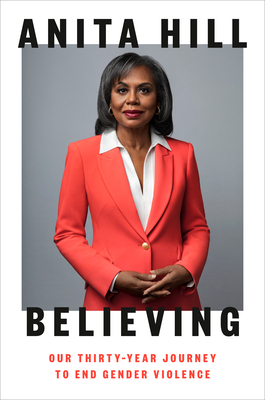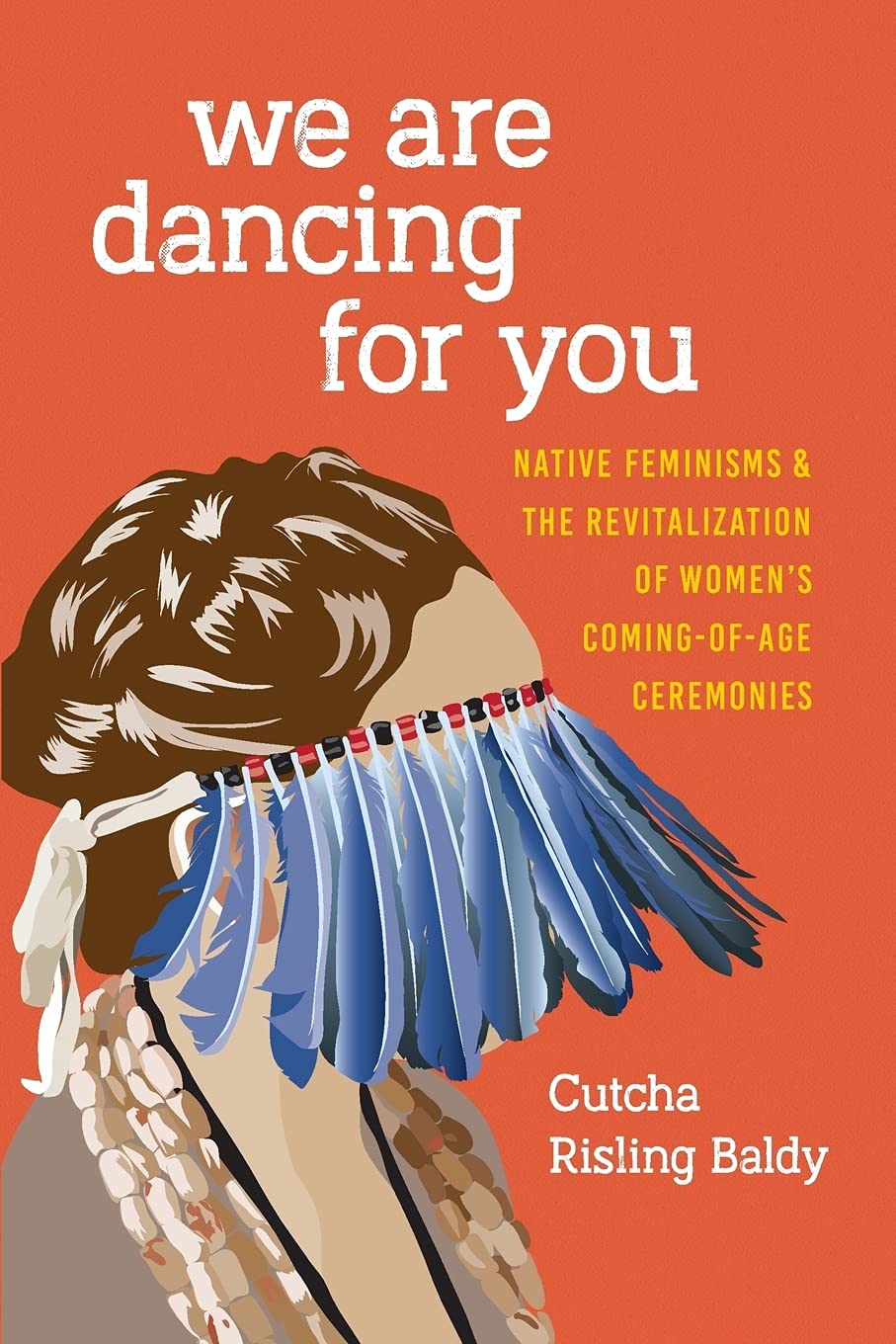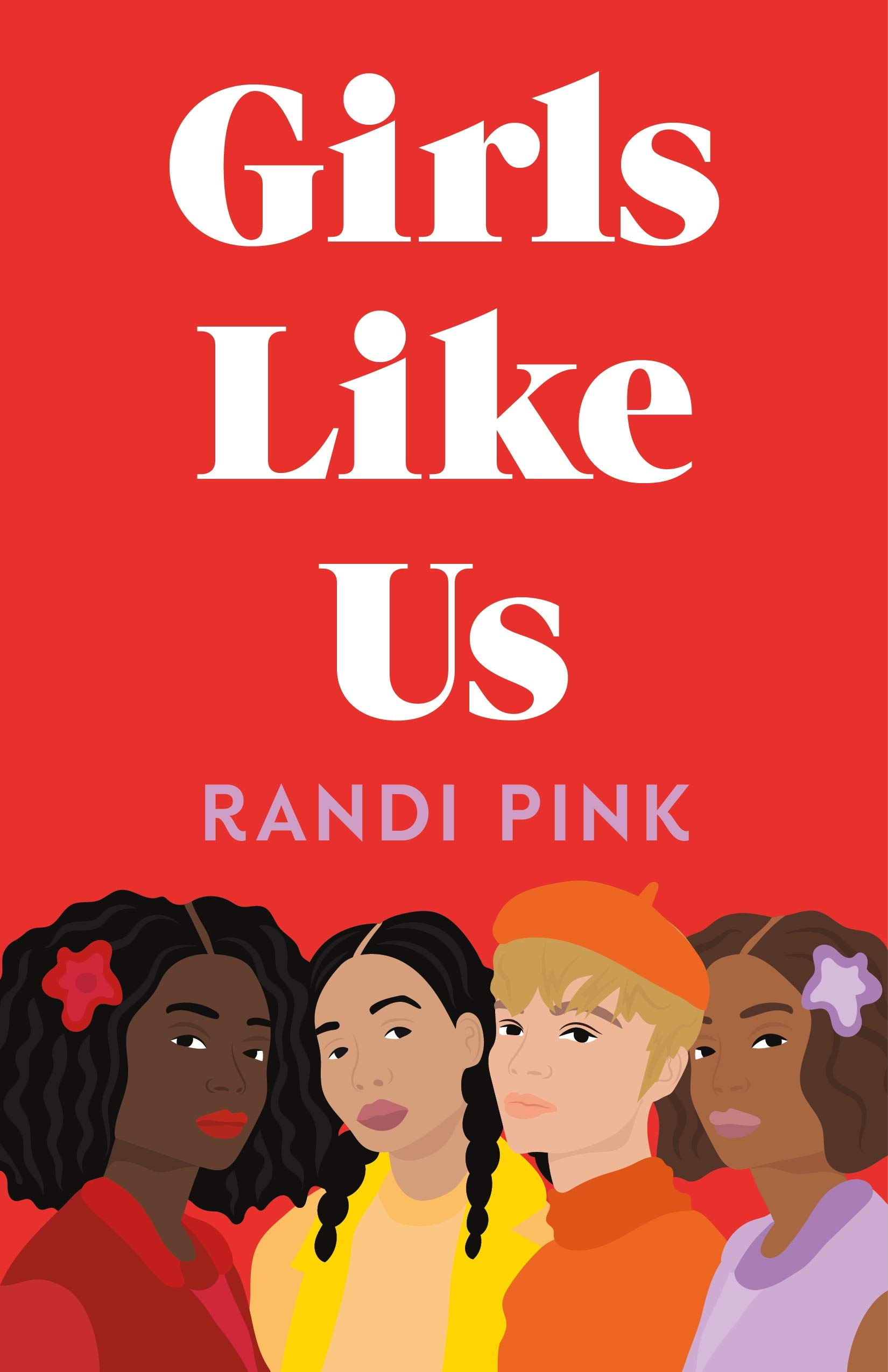Welcome to In Reading Color, a space where we focus on literature by and about people of color.
I think that with the overturning of Roe v. Wade, there is an urge by some to view everything surrounding it as women’s issues. And they are, but that’s because they’re human rights issues. The forces that threaten equality, at least in the western world, can largely be grouped under the umbrella of the white patriarchy. The concept of intersectionality has shown that they compound each other’s negative effects, thereby strengthening each other’s effectiveness. This is why sexism must be toppled to stop racism, ableism must be abolished to eradicate classism, and so on.
The books I’m discussing today will focus on gender-based violence, but also showcase just how united all of these forms of oppression are in achieving their goal of achieving privilege for the few.

Believing: Our Thirty-Year Journey to End Gender Violence by Anita Hill
Okay, so can we be real for a moment and acknowledge how, if those in power had believed Anita Hill in the ’90s about Clarence Thomas, we might not be in this mess today? Okay, cool. Here, Hill recounts her testifying against Thomas’ sexual deviancy as she gets into the origins and pervasiveness of gender-based violence in the U.S. She makes the case of how it not only affects its victims, but everyone. I have to say, her speaking out against a man of power concerning sexual misconduct in 1991 as a Black woman is fearless af and she needs every last one of her flowers.

We Are Dancing for You: Native Feminisms and the Revitalization of Women’s Coming-of-Age Ceremonies (Indigenous Confluences) by Cutcha Risling Baldy
This book shows how the women of the Hoopa Valley Tribe started to revitalize the traditional coming-of-age dance for women called the Flower Dance. It’s a dance that, like many other aspects of Indigenous culture, hadn’t been practiced in decades. To recover the dance, the women consult their elders, medicine women, oral histories, and even museum archives. Baldy discusses the revitalization of the dance within the context of colonization and the gender inequality— and therefore gender violence— that came with it. There are many parallels between Indigenous women’s experiences with being controlled through reproduction and Black women’s. With both groups, the U.S. government has flip-flopped between forced birth and forced sterilization, with a dose of separating children from families thrown in between.

Girls Like Us by Randi Pink
I wanted to include a novel since I feel like seeing something through the eyes of the characters helps to make it more real and current for some. Also, this one takes place in the summer before Roe v Wade. It’s about four teenage girls from different backgrounds who are all dealing with unplanned pregnancies. Ola is a teen in rural Georgie who is pregnant, the responsibility of which falls on her younger sister Izella. Then there’s Missippi, who hasn’t fully realized the gravity of her situation. Missippi’s father sends her to Chicago to give birth and it’s there that she meets Susan, who is white and whose father is an anti-choice politician.
A Little Sumn Extra
See what the stars have to say about your next read
Get a book rec based off your favorite pop star!
Must-read under the radar queer reads from the first half of the year!
Dubai opened a new book-shaped library
Don’t forget you can get three free audiobooks at Audiobooks.com with a free trial!
Thanks for reading; it’s been cute! If you want to reach out and connect, email me at erica@riotnewmedia.com or tweet at me @erica_eze_. You can find me on the Hey YA podcast with the fab Tirzah Price, as well as in the In The Club newsletter.
Until next time,
-E